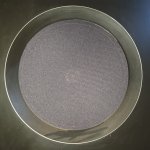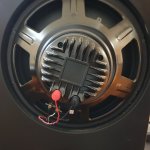- Thread Author
- #1
Hello,
I guess I'm curious to see to what brands have Horn like life/jump/presence but, are your standard dynamic driver speaker.
Devore Fidelity and Tekton Design were names mentioned to me but, wanted to ask around to see if there are others.
I guess I'm curious to see to what brands have Horn like life/jump/presence but, are your standard dynamic driver speaker.
Devore Fidelity and Tekton Design were names mentioned to me but, wanted to ask around to see if there are others.


